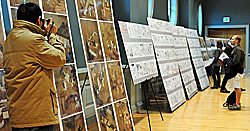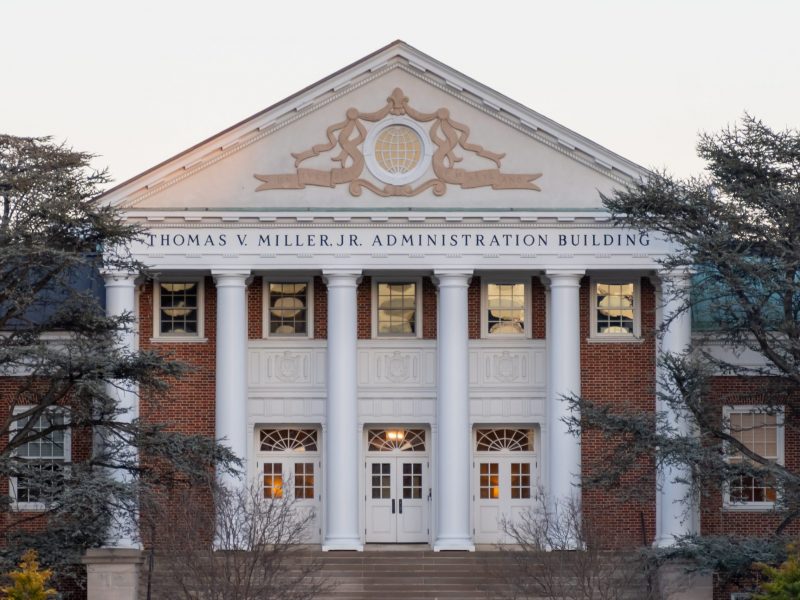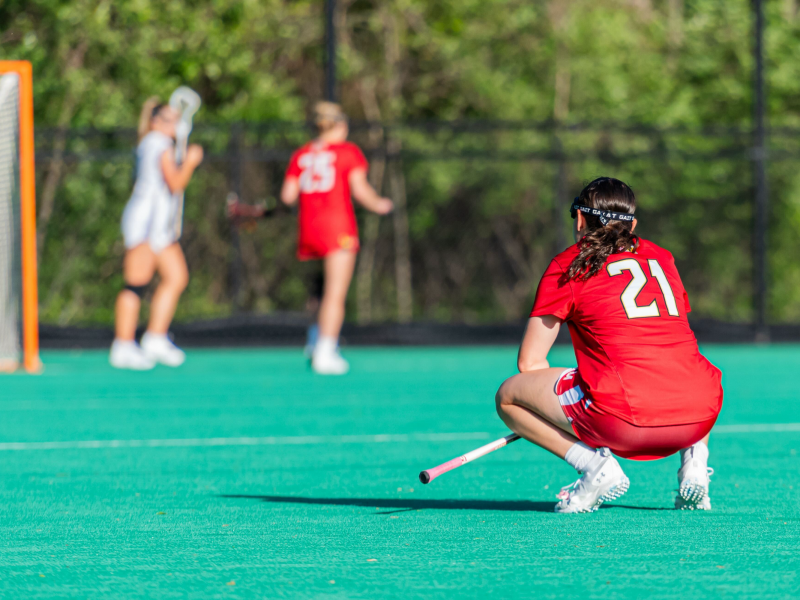
Click here to view video of the exhibit.
Two millennia after his death, the university is getting a first look at Confucius.
Traces of Confucius,” which displays more than 70 giant photographic prints of artwork associated with Confucius and Confucian culture, is being presented to the public for the first time at the university.
The exhibit, a collaboration between the university and Shandong Pictorial Magazine, contains never-before-seen photographs of ancient Chinese portraits associated with Confucius. The photographs have been stored in Chinese museums for years in fear of damaging the delicate silk of the paintings and will go back into storage after the exhibit closes today in the Colony Ballroom of the Stamp Student Union.
“It’s very important for Americans and Chinese to understand each other and get along,” entomology professor Michael Ma said. “This is a good medium to educate our students and society.”
Ma worked with Hou Xinjian, one of the top Chinese photojournalists on the exhibit. Ma said Hou wants his photographs to promote Chinese culture in the United States.
The exhibit includes photographs of the orginal genealogies of Confucius’ family, tomb and burial grounds, as well as prints of wooden blocks commissioned by three different Ming dynasty emperors that tell Confucius’ story.
Universities in England, Japan and Singapore all attempted to get the photos displayed on their campuses. But university President Dan Mote’s relationships with Chinese government officials helped the exhibit make its way here, Ma said.
“Without [Mote’s] relationship [with the Chinese government], we would not have gotten them here,” Ma said of the photographs.
Ma, who has been at the university for more than 30 years, was working on an unrelated project in China when he was introduced to Hou, who had already started photographing Confucius-related subjects and was displaying smaller exhibits of his work before the two met.
Two years ago, the university partnered with Hou to display his photography after he took photos of the newly unearthed portraits.
Students, faculty and people from outside the university have been coming to view the exhibit at a constant pace, Ma said.
The portraits have been particularly popular, Ma said. He pointed to them as great examples of Ming Dynasty art. The Ming emperors loved Confucius and his family, giving them expensive gifts and portraits, which survive as rare artifacts in the exhibit. Confucius was so beloved that emperors allowed him to use golden dragon seals, which are the traditional symbol of the Chinese imperial family.
The exhibit will be loaned to local colleges and universities across the country for free and stored on the campus after the exhibit is taken down tonight. Ma expects the non-profit exhibit to travel far as its photographer has to promote a strong relationship between the United States and China.
After bringing photos of China to the United States, Hou is planning to do the opposite. He is working on a book of photos of the United States to be released in China. Hou took portraits of Mote before running outside of the Union to capture pictures of the snow. He has already visited the Grand Canyon and the monuments in Washington.
taustindbk@gmail.com



